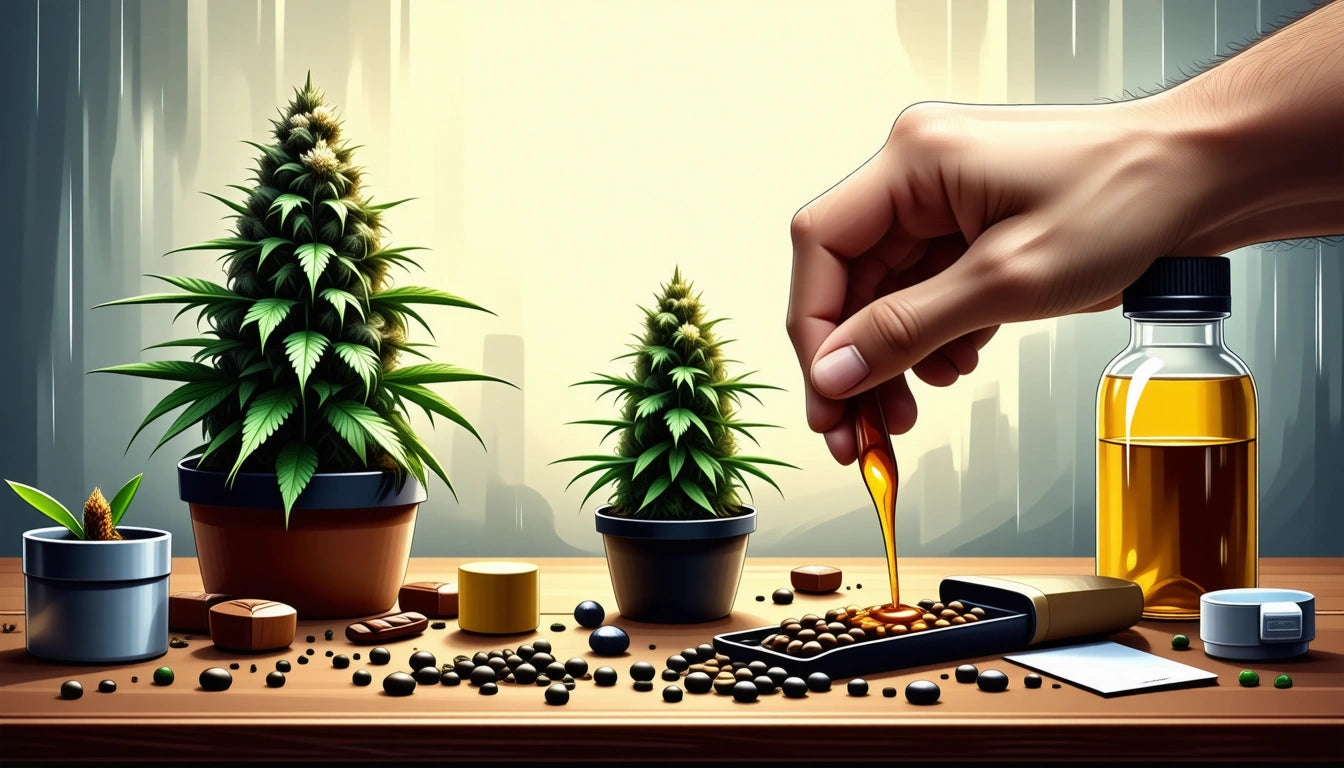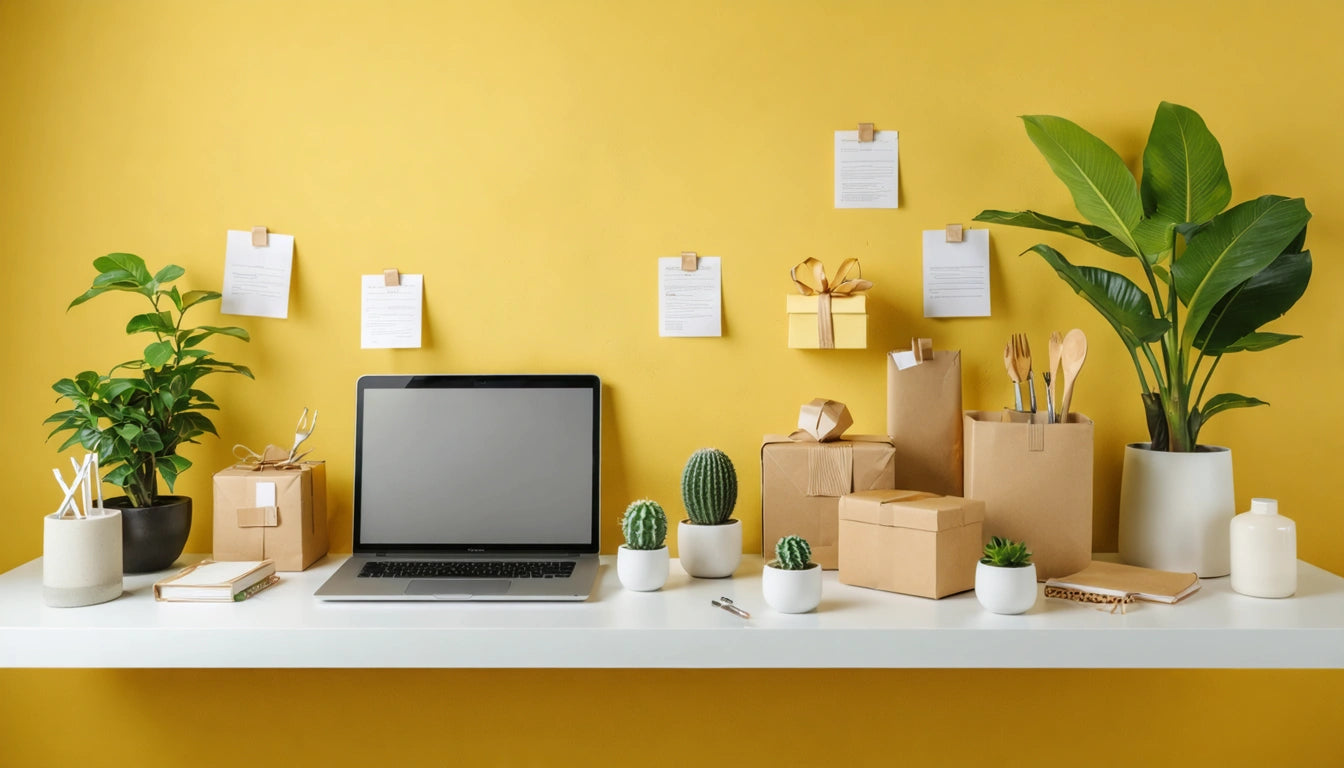Table of Contents
Recycling Foam Packaging: What You Need to Know
Foam packaging is ubiquitous in shipping, product protection, and food service industries. However, the question "can you recycle foam packaging" remains confusing for many consumers and businesses alike. This guide explores the recyclability of various foam materials, available options, and sustainable alternatives.
Types of Foam Packaging Materials
Not all foam packaging is created equal. Understanding the different types is crucial for proper disposal:
- Expanded Polystyrene (EPS): Commonly known as Styrofoam, used for protective packaging and food containers
- Polypropylene (PP) Foam: More durable and chemical-resistant, often used in automotive parts and consumer goods
- Polyethylene (PE) Foam: Flexible and moisture-resistant, common in electronics packaging
- Polyurethane (PU) Foam: Versatile material used in furniture, insulation, and cushioning
Each material has different chemical compositions and physical properties that affect its recyclability. Similar to plastic recycling complexities, foam materials require specific processing methods.
Recyclability of Different Foam Types
The short answer to "can packing foam be recycled" is: it depends on the type and your local recycling infrastructure.
EPS (Styrofoam) Recycling
Despite being labeled with recycling symbol #6, EPS is rarely accepted in curbside recycling programs. The material is 98% air, making it economically challenging to transport and process. However, some specialized facilities do accept clean EPS.
According to global recycling statistics, less than 10% of EPS is currently recycled worldwide, with most ending up in landfills where it can take hundreds of years to decompose.
PE and PP Foam Recycling
These materials have better recycling prospects than EPS. Many recycling centers accept polyethylene and polypropylene foams, especially when they're clean and separated from other materials.
Can Polypropylene Be Recycled?
Polypropylene (PP) is identified by recycling code #5 and is increasingly accepted in recycling programs. While PP rigid plastics are widely recycled, PP foam presents additional challenges due to its lower density and higher air content.
The good news is that PP is one of the more recyclable foam materials. When properly collected and processed, it can be transformed into new products like automotive parts, storage containers, and even packaging materials again. In our industry, we've seen how proper humidity control using specialized humidity regulation products can help maintain the integrity of recycled materials during storage.
To improve PP foam recycling:
- Remove any labels, tape, or other non-PP materials
- Clean the foam of any product residue
- Check with local recycling programs for specific guidelines
- Consider specialized mail-back recycling programs
Several manufacturers now offer take-back programs specifically for PP foam packaging, contributing to a more circular economy approach.
Packing Foam Recycling Options
For consumers wondering about recycling options for packing foam, several alternatives exist beyond traditional curbside programs:
Drop-Off Locations
Many shipping stores, electronics retailers, and packaging manufacturers accept clean foam packaging for recycling. Websites like Earth911 can help locate nearby drop-off points.
Mail-Back Programs
Some companies offer mail-back recycling programs where consumers can send foam packaging materials for proper recycling. This is particularly common for electronics packaging.
Community Collection Events
Many communities host special collection events for hard-to-recycle materials, including foam packaging. These events often coincide with cardboard recycling initiatives and other sustainability programs.
Before recycling any foam packaging, ensure it's clean and free from contaminants like food residue or tape, which can compromise the recycling process.
Alternatives to Recycling Foam
When recycling isn't an option, consider these alternatives:
Reuse
Foam packaging can often be reused multiple times for shipping, storage, or craft projects. This extends its useful life before disposal.
Upcycling
Creative repurposing of foam packaging includes use as garden drainage, insulation, or crafting materials. For example, clean EPS can be broken down and mixed with soil to improve drainage for potted plants.
Waste-to-Energy
Some facilities convert non-recyclable foam into energy through incineration. While not ideal from an environmental perspective, this is preferable to landfilling as it recovers some value from the material.
These alternatives align with the waste hierarchy principles outlined in comprehensive recycling guides.
The Future of Sustainable Packaging Solutions
The packaging industry is evolving rapidly in response to environmental concerns. Innovations in sustainable alternatives to traditional foam packaging include:
- Biodegradable foam made from mushroom mycelium
- Compostable packaging made from agricultural waste
- Air-filled recyclable plastic alternatives
- Paper-based protective packaging systems
Many companies are also redesigning products to require less protective packaging overall, following principles similar to those in food packaging recyclability initiatives.
For businesses and consumers alike, staying informed about recycling options and emerging sustainable alternatives is key to reducing the environmental impact of foam packaging. By making conscious choices about purchasing, using, and disposing of packaging materials, we can collectively move toward more sustainable practices.











Leave a comment
All comments are moderated before being published.
This site is protected by hCaptcha and the hCaptcha Privacy Policy and Terms of Service apply.